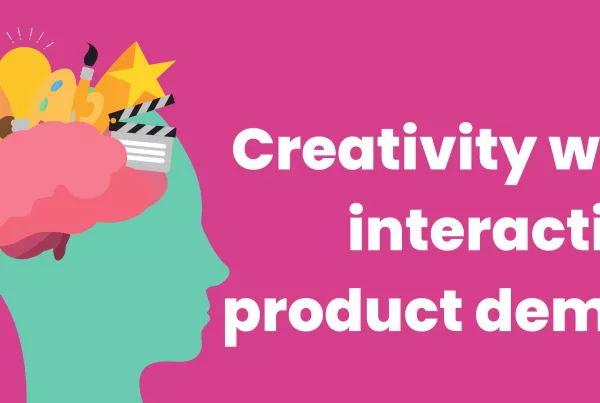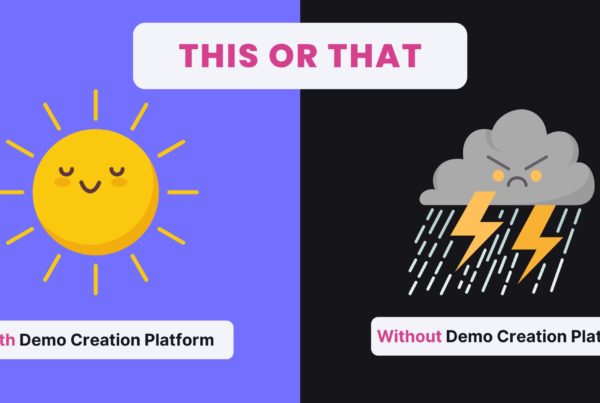Alexa Grabell, CEO of Pocus, hosts PLS AMAs with product-led sales experts to share best practices, frameworks, and insights on this emerging category. These AMAs are an opportunity to ask PLS leaders any question – ranging from hiring to sales compensation to tech stack – in a low-key, casual environment. This is a members-only event for the PLS community, but you can request an invite here.
In the latest installment, Alexa invited Marie Gassée, VP of Growth at Confluent, to talk about all things PLS.
Needless to say, she has a lot of valuable insights to share about product-led sales and customer success in the SaaS world. Here are my favorite takeaways from the conversation.
Sales Compensation in Product-Led Sales
Sales compensation and customer segmentation go hand in hand in the product-led world. Marie says that each company needs to decide which customers will be self-serve and which will be sales assisted. Where you segment is a proxy for whether a customer has high potential LTV or not.
And so whether you do this segmenting based on company size, or dollars per spend, or another metric, it’s an important foundation for the compensation model for your sales team. She did this at Box and got to a model that worked well.
Your sales comp model should reflect that you want your most expensive resources to be focused on the highest potential accounts. You definitely want AEs upselling the highest potential customers, but not handholding low ones.
This doesn’t mean you don’t want less expensive resources like SDRs, because they can be important to increasing spend and retention. But in sales, we don’t always like to have this conversation about how expensive AEs are or less expensive SDRs are. However, this needs to be addressed up front, or three years down the line you’ll get investors hammering you on a lack of sales and marketing efficiency.
From there, that particular driver will vary by company and is a little less important than that overall self serve/sales assist framework.
Creating the Right Incentive Structure
Marie tends to shy away from the fun, creative compensation models after many experiments. One incentive structure that didn’t work during her time at Box was comping AEs based on if they can prove they interacted with the account. It seems valuable, but you can game that pretty easily and it encourages bad behavior, putting touches on lots of low value accounts.
What did work at Box was saying AEs can only get comped if the account has $5k in ARR or more. At first glance, this can seem overly simple but there’s a lot of interesting nuances. It encourages AEs to think critically if an account can get to $5k over time, and that discretion is really important. It helped put their minds to work and helped them to identify and focus on proxies for high potential accounts.
This model also provided a black and white way to compensate sales, which is really important for trust and fairness. And it told AEs that they were trusted to help decide who is going to get to that point over time, while spending resources based on what’s important to the company.
Aligning long term potential is really important. Ideally an AE is going to think long term as well, based on conversations with the prospect and their growth. A Fortune 500 company might only spend $500 a year now, but that doesn’t mean it won’t be a huge account in a few years.
Scaling Effectively
As you go upmarket and upsegment, there doesn’t need to be a completely new sales model in place. Marie is a big fan of layering resources instead. There’s the first layer that each new customer gets, which is automated – like a great onboarding process and thoughtful ways to preview features.
The next layer for bigger clients might be one-to-many workshops, and then eventually a dedicated CSM. That means your biggest customers aren’t getting a completely different experience from the smallest ones, as the automated layer is the foundation for everyone.
However, she notes that in early stages when you’re in learning mode, this all goes out the window. That feedback is worth putting people in customer-facing roles even with small clients. But at more mature companies, this efficiency starts to be more important and this helps to scale effectively.
Building a Team
At Confluent, she did hire a different profile for that team based on customer feedback than for a traditional enterprise SDR team. She focused on hiring folks with a technical appetite who were excited about the technology so they could be evangelists and geek out with the developers they were selling to. Traditional SDRs pointed at developers are not always successful.
So she looked for a profile of people with a nerdy side who liked tech but who still had an innate desire to be customer-facing and wanted customers to be successful. This allowed her to bring in a different type of profile and different personality types, so the SDR team became more well-rounded and that was great to see.
Those people often fit really well into the SE career path, more so than the AE path, based on their interests so they made that progression. And they ended up graduating a lot of SDRs into non-sales roles, encouraging the company as a whole to give SDRs a shot at a role they hadn’t done before but their customer-facing experience was really valuable.
The Value of Product-Led Sales
If people aren’t using your technology for free, they’re just not very likely to buy it.
In traditional SaaS companies, free users are at the very top of the funnel. They become people who might become MQL or demo but that’s not the only way to get them into the funnel – you can shortcut them.
However, there’s lots of value in getting people playing in the product before engaging in the sales cycle. At Confluent, they found that the accounts that started using the product before engaging with sales had much higher dollar retention rate than those who talked to sales before using the product.
This is such a powerful metric of the importance of product-led companies and product-led sales. This can be through free users, free trials, whatever your preferred motion – but getting their hands dirty with the product has a big impact on the downstream lifetime value of your customer.
Thanks for the insights, Marie!
Read the original AMA recap from Pocus on their blog – the Pocus Post.





